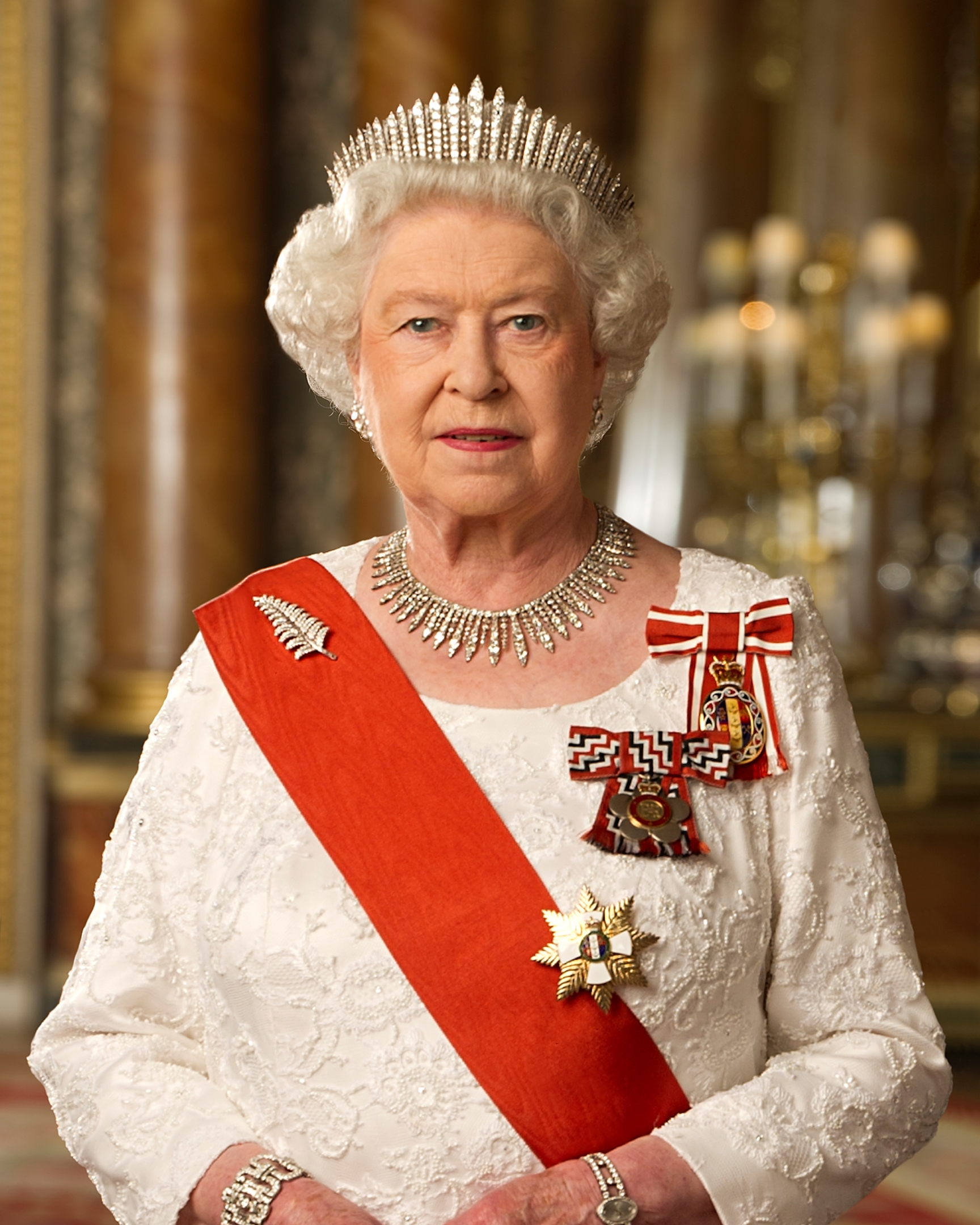Oil dips as traders question how much a US–China “deal” really helps demand

Bloomberg, Reuters, and the Wall Street Journal contributed to this report.
Oil started the week a touch softer, giving back early losses as traders shrugged at the headline buzz around a US–China trade framework and asked the only question that matters for barrels: does it actually lift demand? By 11:13 GMT, Brent was off about 24 cents at $65.70 a barrel and US West Texas Intermediate slipped the same to $61.26 — both down roughly 0.4% after falling more than 1% earlier.
Wall Street cheered the diplomatic mood music — Treasury Secretary Scott Bessent said Washington and Beijing had agreed a “substantial framework” that could sidestep 100% US tariffs and delay China’s rare-earths controls — sending global stocks higher and safe havens like gold and bonds lower. Crude didn’t get the memo. As PVM’s John Evans put it, oil traders are “much more sceptical of trade deals than their equity counterparts. A bright negotiating atmosphere does not immediately mean demand.”
That scepticism has been the undercurrent all month. Brent sank to its weakest since May earlier in October on worries about a soft global economy. Fresh US and EU sanctions on Russia’s biggest producers and firmer-than-expected US consumption helped prices rebound last week — Brent jumped 8.9% and WTI 7.7% — but the demand debate is far from settled.
“The hope for bulls is that US consumption continues to recover, otherwise it seems the drift lower seen so far today is likely to intensify,” said Chris Beauchamp at IG Bank.
On the supply side, Iraq’s oil minister Hayan Abdel-Ghani said a weekend fire at the Zubair field didn’t dent exports, removing another potential prop for prices. Baghdad — long OPEC’s biggest over-producer — is also negotiating its production quota around capacity of 5.5 million barrels a day. Meanwhile, OPEC and its allies have pivoted this year, reversing some earlier output cuts in a bid to claw back market share. That strategy has helped cap rallies even as sanctions complicate flows of Russian crude to key buyers.
Sanctions still loom as a wild card.
“There are likely some continued challenges for Russian oil to enter the market, but it depends on how sanctions will be enforced,” said Rystad Energy’s Janiv Shah.
In other words, the policy headlines may keep coming, but the barrel math — actual demand growth versus how much supply OPEC+ lets back in — will decide whether crude keeps grinding lower or finds a firmer floor.








The latest news in your social feeds
Subscribe to our social media platforms to stay tuned